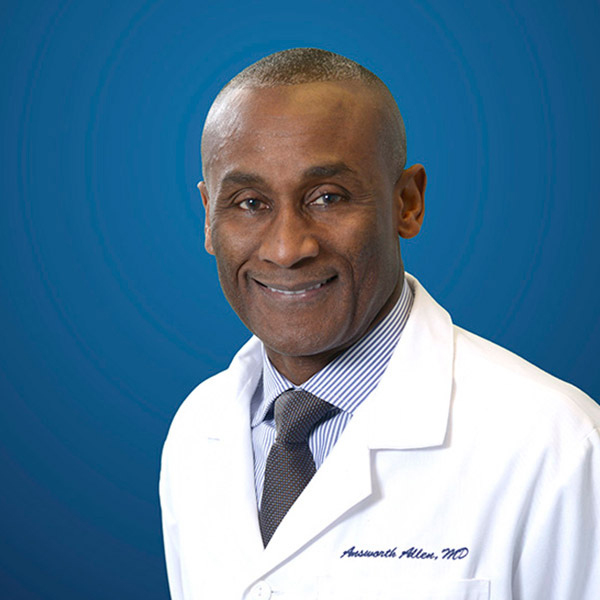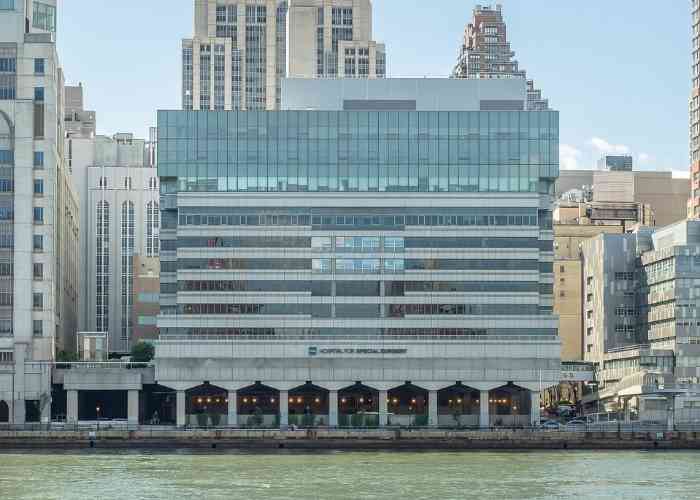What is biceps tendinitis?
The biceps are two muscles that travel along the humerus (upper arm bone) and attach at two separate sites on the shoulder. These muscles play a key function in flexing the elbow as well as rotation of the wrist and forearm. The long head of the biceps tendon passes through the shoulder joint and directly attaches to the superior labrum. The short head of the biceps tendon attaches to the coracoid process of the scapula (shoulder blade). Biceps tendinitis occurs when the tendons, (more often the long head of the biceps tendon) become inflamed. Repetitive shoulder use, commonly seen in sports-related activities, is frequently the cause for inflammation; however, other shoulder conditions, such as a rotator cuff injury, osteoarthritis, bone spurs, or shoulder trauma, can also precipitate inflammation of these tendons. Dr. Answorth A. Allen, orthopedic shoulder specialist serving patients in Manhattan, New York City, Westchester, Long Island and surrounding areas, has the knowledge and understanding, as well as substantial experience in treating patients who have experienced biceps tendinitis.

What are the symptoms of biceps tendinitis?
Pain and tenderness of the anterior (front) portion of the shoulder is a common complaint of biceps tendinitis. Other symptoms include:
- Shoulder pain with upper arm movement
- Radiating pain down the upper arm
- A snapping or slipping sensation with shoulder movement
- Pain that worsens at night, especially when sleeping on the affected side
How is biceps tendinitis diagnosed?
Dr. Allen will obtain a comprehensive medical history and physical examination to properly diagnose biceps tendinitis. Diagnostic testing, including x-rays and magnetic resonance imaging (MRI), may be needed to identify damage to any other structures within the shoulder.
What is the treatment for biceps tendinitis?
Non-surgical treatment:
Conservative treatment is the recommended course of action for those diagnosed with biceps tendinitis. A combination of rest, ice, and non-steroidal anti-inflammatory medications can be used for pain management. If the shoulder pain is not relieved by oral medications, a corticosteroid injection under ultrasound guidance may be administered directly into the long head of the biceps tendon can be administered. When the pain and inflammation are reduced, participation in a physical rehabilitation program aimed at restoring shoulder range of motion and strengthening the tendons is highly encouraged.
Surgical treatment:
If conservative therapy is unsuccessful, or a patient continues to experience significant pain or inflammation, Dr. Allen may recommend a shoulder arthroscopy, a minimally invasive surgical procedure using a small camera (arthroscope) to view the muscles and tendons of the shoulder. By visualizing the structures of the shoulder with the arthroscope, Dr. Allen can determine the best treatment option of the following techniques:
- Biceps tenodesis: This surgical technique removes the damaged portion of the tendon and then reattaches the remaining tendon to the humerus. This method is employed in the event that a tendon tear was the result of inflammation.
- Bicep tenotomy: This procedure releases the biceps tendon from its attachment site. This approach is performed when the biceps tendon cannot be restored through other surgical methods.
Biceps Tendon Specialist

Are you an athlete that performs repetitive arm and shoulder movements? If so, you may be at risk of developing biceps tendinitis. Biceps tendinitis is a condition affecting the tendons in the upper arm and shoulder become inflamed or damaged. Shoulder expert Doctor Answorth Allen can provide diagnosis and specialized treatment plans for patients in Manhattan, New York City, Westchester, Long Island and surrounding areas who are experiencing shoulder pain with movement. Contact Dr. Allen’s team today!






